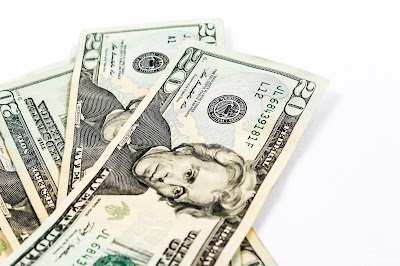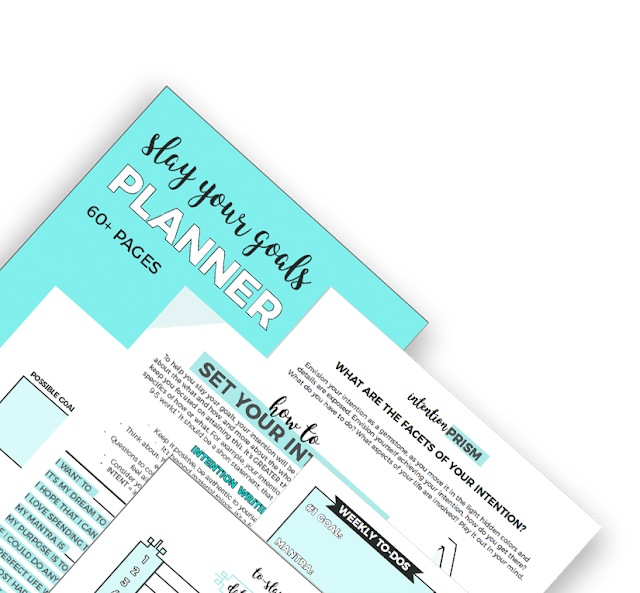It’s just a matter of time before it happens. The transmission blows on your car right around the time your daughter needs braces and your washing machine decides to call it quits. All of these are unexpected expenses and something we need to deal with throughout life.
Being prepared as much as you can is your best bet when live throws you a financial curve ball.
Do your best to anticipate upcoming expenses.
If you’re driving an older car, or your dishwasher has seen its better days, start saving up to replace the item. You may also want to start keeping an eye out for good deals on the replacement.
An even better strategy is to have an emergency savings fund. Set up a savings account and add to it monthly. Use it only for completely unexpected expenses. Make sure you know what’s in the account. And once you have to take money out of it replace it as quickly as possible.
This brings us to a good point. Here’s how to recover quickly after that purchase. Go over your budget (you have one of those, right?) and look if you can temporarily cut back on some things. Stop ordering Pizza every Friday night and make your own at home. Skip a night out on the town and watch a couple of movies on Netflix instead of going to the theatre.
Use the money you’re not spending for the next few months to refill your emergency fund. For an extra boost, work a few hours of overtime, do a few freelance projects or temporarily pick up a part time job to get back on track fast.
But what do you do when the expense comes up before you had a chance to set up the emergency fund?
Take a deep breath and assess the situation. Can you make do without the item for a little while? Just long enough to scrape together the funds to repair or replace it. If it’s the dishwasher, that’s easy. You can wash dishes by hand for a little while. If it’s the fridge or the car you rely on to get you to work each day, that’s a different story.
If you need the item that broke, evaluate if it would be less expensive to repair than replace. Even if it isn’t the perfect solution, it may get you to work until you can save up for a different car. Shuffle your money around and if there is no other option charge it to the credit card and get to work. Your one and only goal right now is to pay off that expense. If you stick every penny of discretional income in, it won’t take you long.
One your bills and credit cards are paid off, do what you can to get that emergency fund set up. Because you know something else will break down the road.
Also, read
Do You Have a Financial Safety Net? Quickly Learn How to Build One
5 Simple Ways To Put Your Savings On Auto-pilot
5 Simple Ways To Put Your Savings On Auto-pilot







